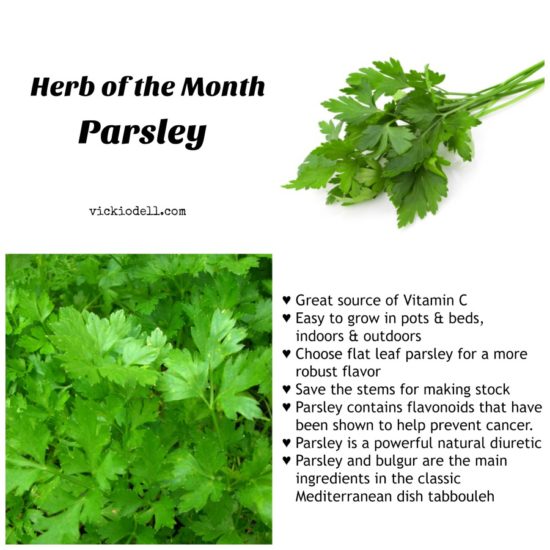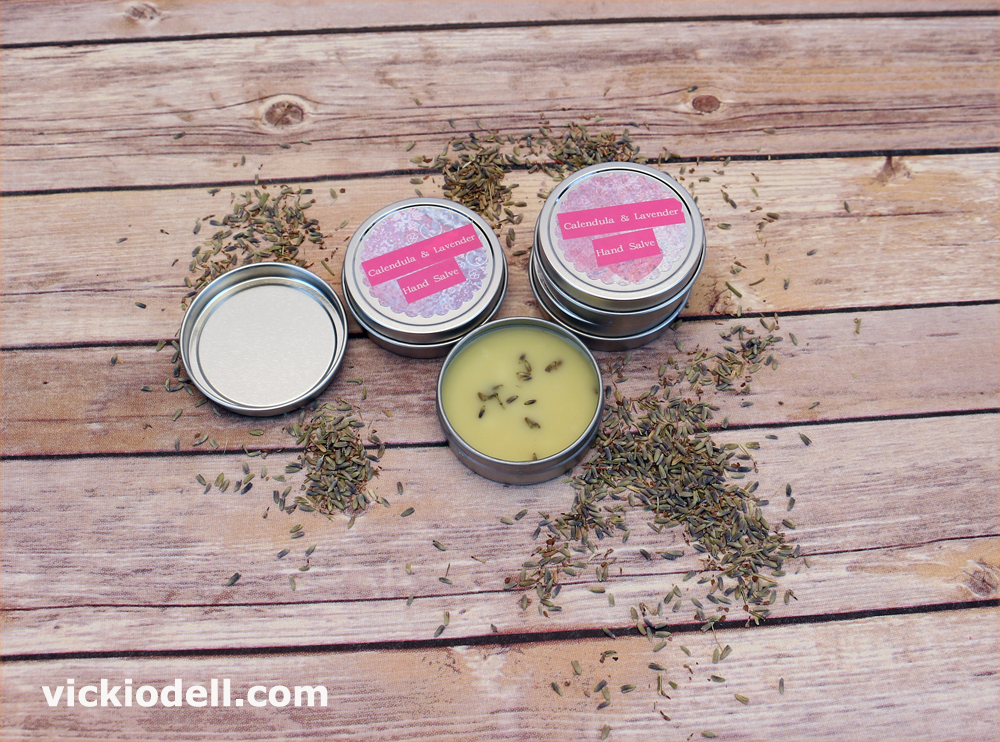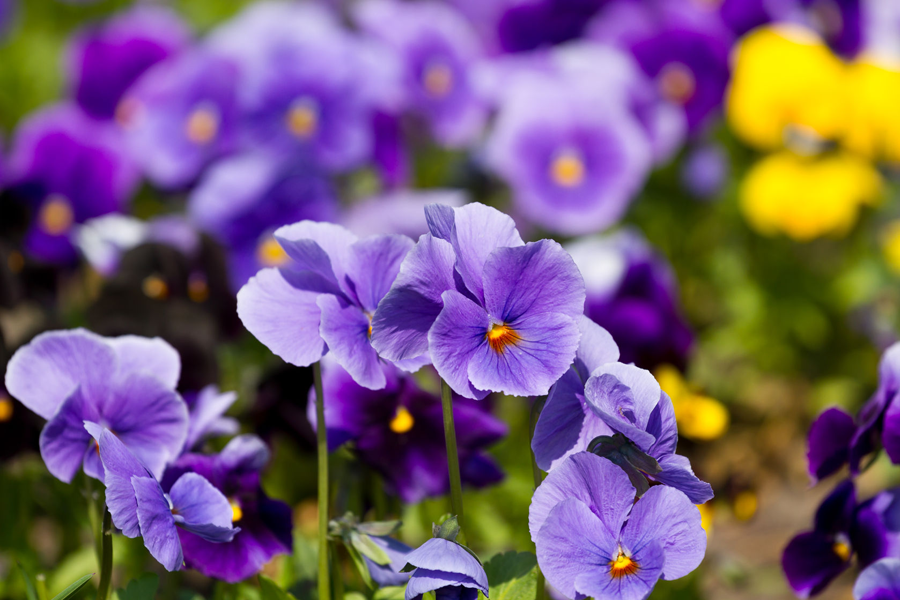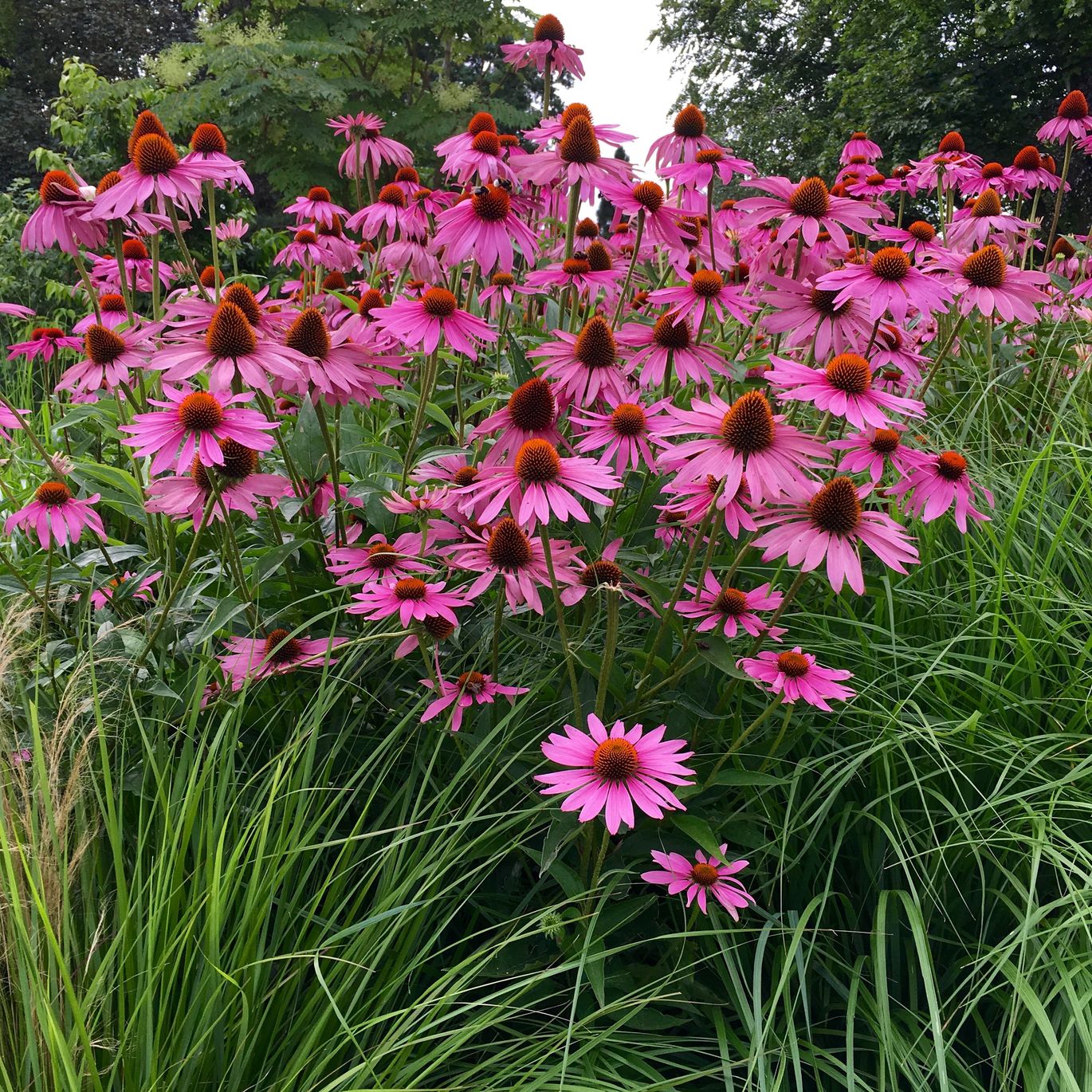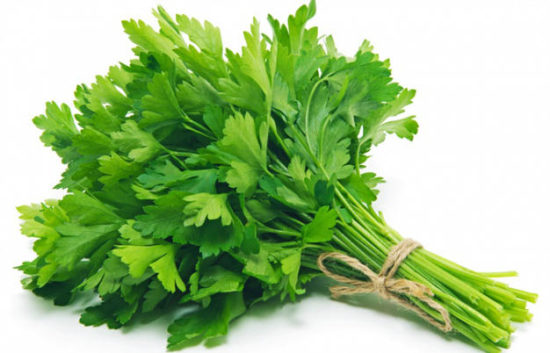
Herb of the Month – Parsley
This green Mediterranean herb is part of the Umbelliferae family along with carrots and celery. There are more than 30 varieties of the herb with the most popular being the stronger flavored “flat” leaf (Italian) and the milder “curly” leaf.
Parsley is native to the central Mediterranean region (southern Italy, Greece, Portugal, Spain, Malta, Morocco, Algeria, and Tunisia), naturalized elsewhere in Europe, and widely cultivated as a herb, a spice, and a vegetable.
Parsley is a great source of Vitamin C. Generally used in soups, stew, gravies, and salads and goes well with meats and potatoes.
Ancient Greeks and Romans used parsley as a garnish for foods and they believed that if parsley was eaten between courses, they would not get drunk on the wine they drank.
Botanical names: Petroselinum
Where it grows: Parsley is grown worldwide. In the U.S., it’s mostly grown commercially in California and Florida. Curled parsley is available all-year while Italian parsley may sometimes be more difficult to find.
Legend says to plant parsley on Good Friday or St. Patrick’s Day, as the seeds need a cool period in which to germinate.
Parsley is easy to grow in pots or beds, indoors or outdoors. Buy seeds and soak them in cold water over night to speed up germination. Sow a new batch every month and you’ll have fresh parsley all year round and you’ll never run out!
Part used: The leaves. Look for fresh parsley with bright green leaves that aren’t wilted or yellow. To store, wash fresh parsley, shake off excess water, wrap in a paper towel then place in a plastic bag in the refrigerator for up to 1 week. Trim any wilted parts before storing.
Curled leaf parsley may be frozen.
Flat leaf parsley tends to have a more robust flavor (new plants even more so) while curly parsley is typically used as a garnish. However both can be used interchangeably.
The stem can be saved and used in making stock.
Collection: First year parsley plants should be harvested for their leaves, while second year plants are generally harvested for their seeds.
Check the stems. If the stems have three or more clusters of leaves, they are mature enough to harvest from. Stems with one or two segments should be left alone.
When harvesting entire stems or bunches of parsley, snip the herb off at the base of the plant instead of cutting from the top. Cutting the parsley near the base of the plant will encourage the plant to produce even more stems, resulting in an overall bushier parsley plant with an improved yield.
Parsley will continue to grow even after you harvest the leaves. This way you can have a steady supply and do not need to harvest it all at once.
Main Actions: One tablespoon of fresh parsley has only 1 calorie but has over 75% of your daily recommended dose of vitamin K. It also has vitamin A, vitamin C, folate, potassium, calcium and iron.
Parsley also contains special compounds called flavonoids that have been shown to help prevent cancer. Animal studies have also found that it helps lower blood sugar in diabetics. Parsley is also an effective breath freshener due to the high amount of chlorophyll it contains.
Uses: Parsley is available fresh or dried. It can be added to soups, sauces, pasta and grain dishes, veggies, meats and fish. Add fresh parsley toward the end of the cooking process for the best flavor and highest amount of nutrients.
Parsley is a powerful natural diuretic. It is packed with Vitamins A and C. It contains more beta-carotene than a large carrot.
Parsley is also the star ingredient along with bulgur in the classic Mediterranean dish tabbouleh.
Combinations:
Preparation and dosage:
How to Make Parsley Tea
- 1/4 cup fresh parsley leaves
- Water
- Bring 1 cup of water to a boil using a tea kettle or small saucepan.
- Rinse 1/4 cup of fresh parsley leaves under cool, running water. Pat the leaves dry using clean paper towels.
- Place the parsley leaves in the bottom of one teacup. Pour the hot water over the leaves, then allow the tea to steep for 5 to 10 minutes.
- Pour the tea through a fine mesh tea strainer. Collect the liquid tea in a separate teacup and discard the leaves.
Caution: While it has many health benefits and little side effects, it does stimulate the uterus and can cause uterine contractions. If you are pregnant, taking high doses of parsley can do more harm than good.
*We recommend that you consult with a qualified healthcare practitioner before using herbal products, particularly if you are pregnant, nursing, or on any medications.
*This statement has not been evaluated by the Food and Drug Administration. This product is not intended to diagnose, treat, cure, or prevent any disease. For educational purposes only.
